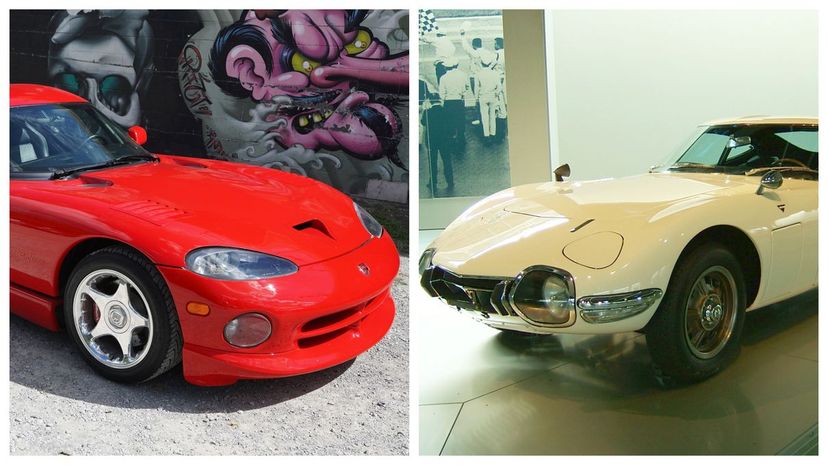
About This Quiz
There's a certain feel to American-made cars, an essence. Often it's the shape that gives one away; some of these shapes encapsulate entire automotive movements, like the post-WWII hot rod scene, for example. Or the fastback shape, which featured on many bedroom pinups during the '60s and '70s. If the shape doesn't give away an American-made car, then the sound certainly will. The grumble of a supercharged V8 engine getting ready to chew up a quarter-mile of tarmac is enough to make most automotive enthusiasts weak at the knees.
Just as American-made cars have an essence, so do Japanese-made vehicles. With smaller and lighter frames, along with sleeker bodywork, Japanese-made cars couldn't look more different from American models. It's a similar story when it comes to Japanese engines, too; the cars are usually powered by smaller V6 engines fitted with turbochargers instead of superchargers.
Could you tell the difference between an NSX and a Corvette from a quarter-mile away? If you think that you've got an eye for detail, it's time to test it.

In the right guise, the Jeep Wrangler will get you to work even if you work in the middle of a canyon. This vehicle is a fantastically capable off-roader while also maintaining good road manners. Beauty is, of course, subjective, but many people like the Wrangler's styling: especially when its doors and roof have been popped off.

Dodge's Charger Daytona may have been born in the heyday of American muscle, but it wasn't made to compete on the streets. This model was made to win NASCAR races, and boy did it succeed. The race version became the first car to break 200 mph in NASCAR history.
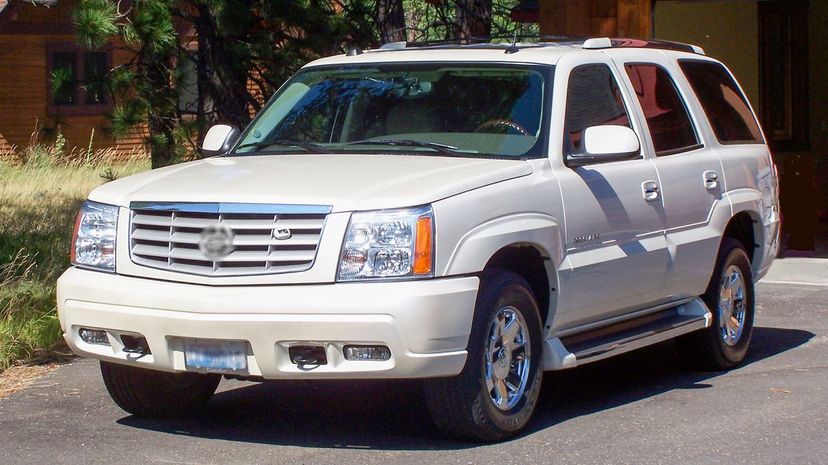
Cadillac's Escalade is easily one of the most recognizable full-size luxury SUVs on the market, and Tony Soprano's choice of vehicle. The Escalade has been a market leader in its niche for 15 out of its 20 years of production, including every year since 2014. Between LED headlights and electric powertrain technology, the Escalade is an innovator in the full-size luxury SUV class.
Advertisement
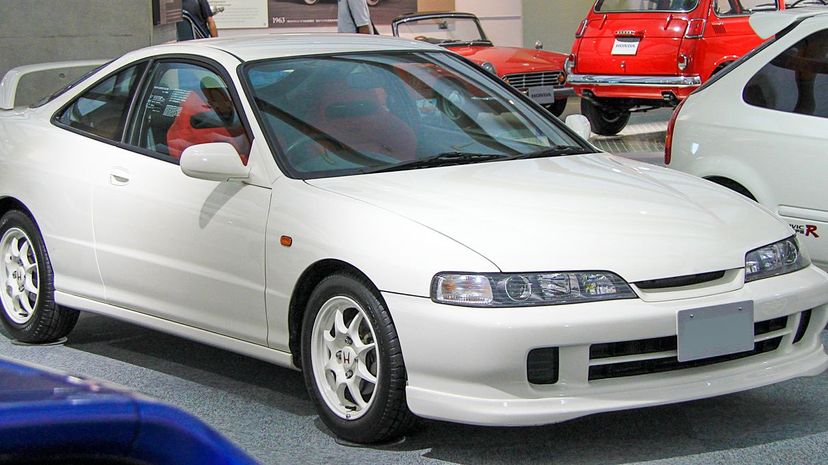
Honda's Integra Type R had fantastically sporty handling, which isn't something that's normally associated with front-wheel-drive cars. Its VTEC engine also revved to 8,000 RPM, making it a blast to drive.
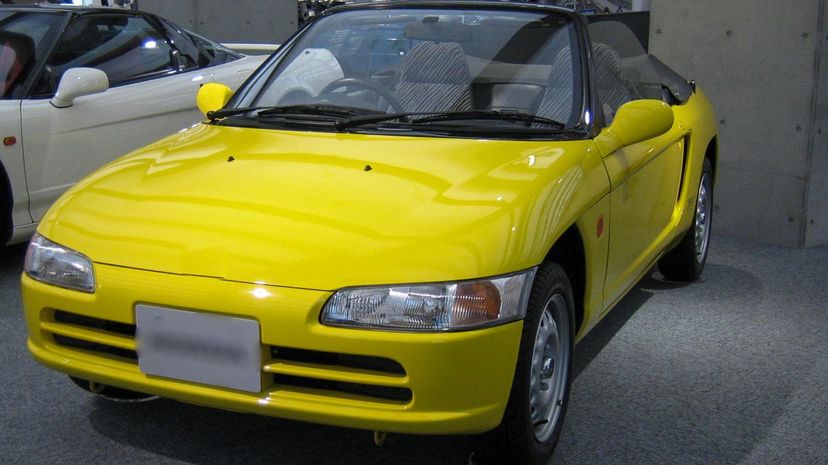
The Honda Beat was small in stature, but its high-revving engine made it fun to drive. This was the last model approved by Soichiro Honda before he passed away in 1991.
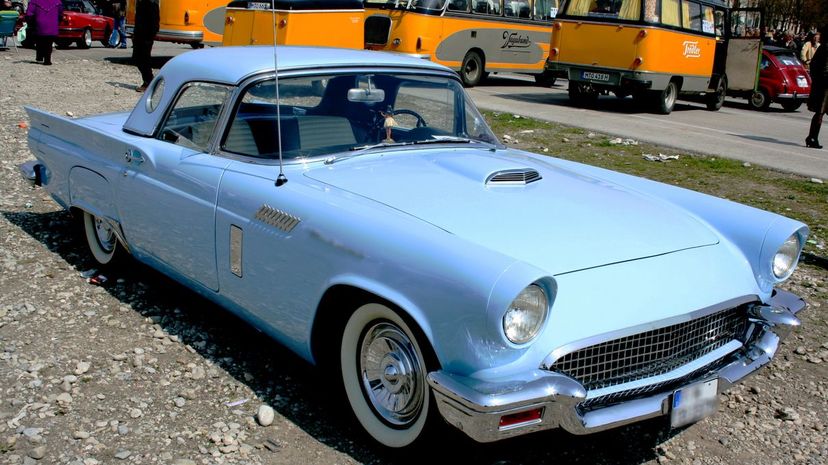
Ford launched the Thunderbird in 1955 to combat the success of Chevrolet's Corvette, which had launched in 1953. Instead of marketing the Thunderbird as a sports car, it was marketed as a personal luxury vehicle. This essentially kicked off the personal luxury vehicle class in America, which placed more importance on comfort than performance.
Advertisement

Dodge's Challenger was a little late to market when it launched in the fall of 1969, but it left its stamp on the American muscle scene none the less. The Challenger has always turned heads, with the current model being particularly jaw-dropping. As such, it's made more than a few movie appearances.
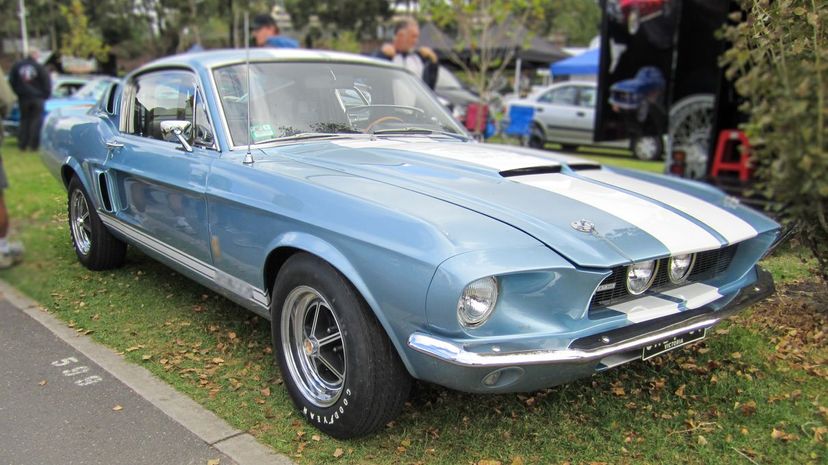
The Shelby GT500 launched in 1967 and was instantly the big dog on the American muscle scene. The seven-liter V8 under its hood spat out 355 horsepower and 420 lb-ft of torque. This was enough to get the GT500 down a quarter-mile strip in about 14-15 seconds.
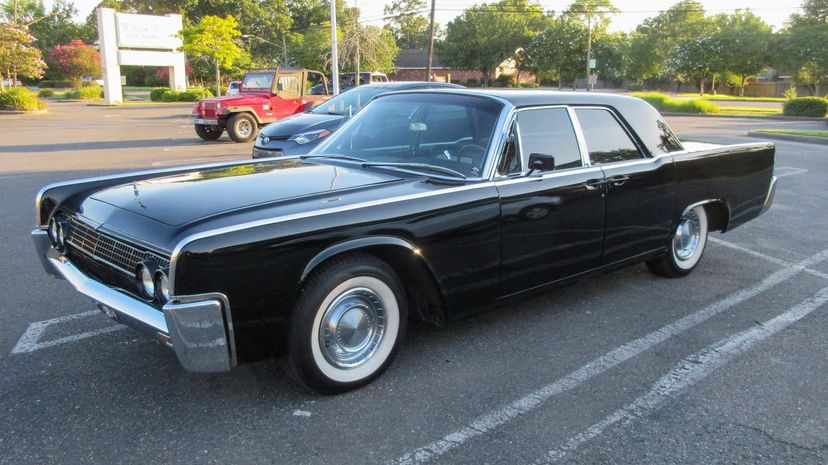
When it came to luxury car brands of the '60s, Lincoln was up there with Cadillac. The 4-door Lincoln Continental convertible with suicide doors is easily one of the recognizable Lincolns ever made, and still beautiful to this day.
Advertisement
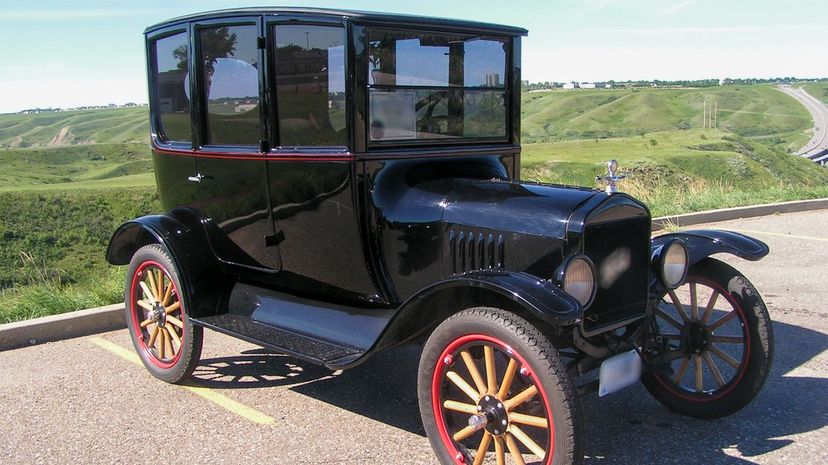
When Ford launched the Model T in 1908, it ushered in a new era of transportation. The common middle-class American could now afford an automobile, and this was partly due to the use of assembly-line production instead of individual handcrafting methods. During its 19 years of production, some 15 million Model Ts were produced.
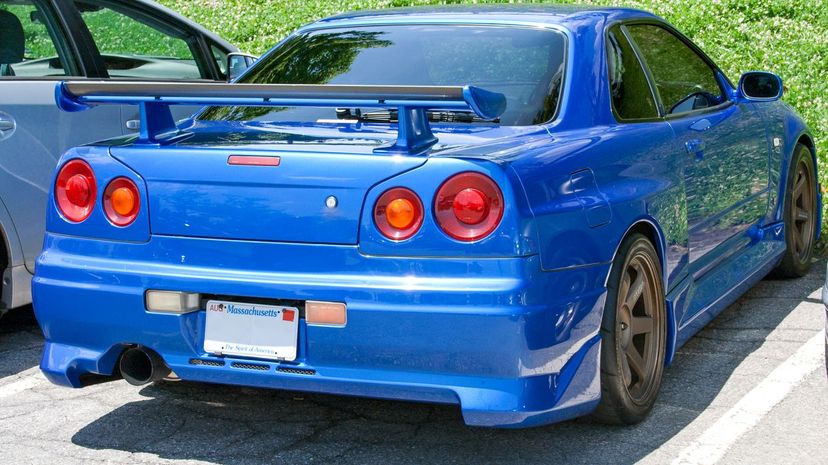
The Skyline R34 GT-R was Nissan's flagship car when it launched in 1999. Since it was fast out of the crate, and easy to tune, street racers loved it. This model was loaded with technology, which ensured it handled superbly, and it could also run a quarter-mile in 12.7 seconds!
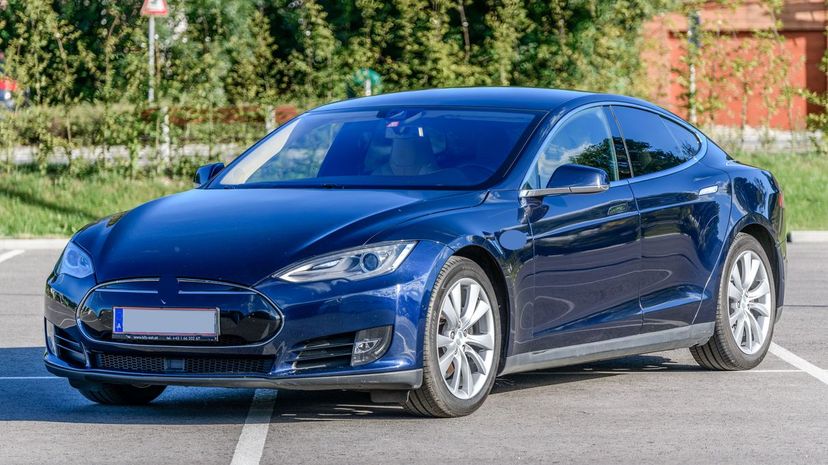
Tesla's Model S changed the public's perception of electric vehicles when it launched in 2012. Unlike electric vehicles at the time, the Model S was fast and had an exceptional range: the Model S Long Range has an EPA rated 373-mile range. The current Model S P100D gets to 60 mph faster than any other production car, with a time of just 2.28 seconds.
Advertisement
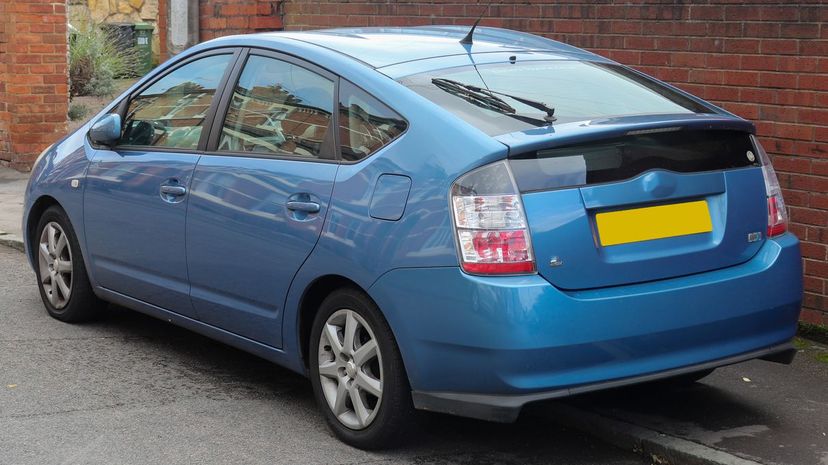
Many parts of the country caught "Prius fever" when Toyota's Prius hit American streets. By 2017 over 6.1 million units had been sold, making the Prius the best-selling hybrid of all time.
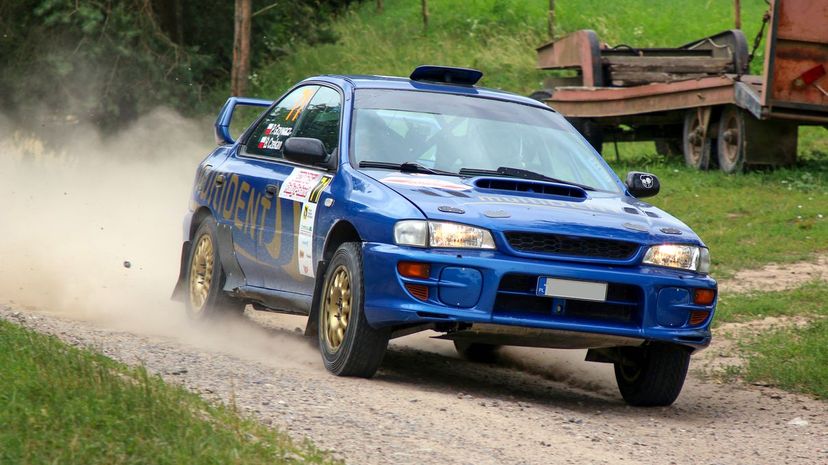
The Impreza tore across the rally scene during the '90s. And even the street-legal model was a force to be reckoned with. Its permanent all-wheel-drive and limited-slip differential kept it steady over rough terrain, and the gargantuan amounts of horsepower and torque on tap meant it was quick too.
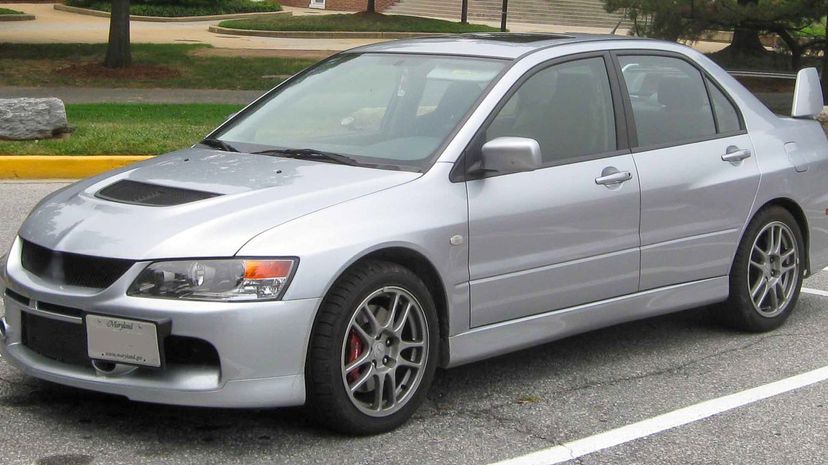
There were 10 iterations of Mitsubishi's Lancer Evolution, which is just as good on over dirt as it is over asphalt. This model's edgy looks and the fact that there are tons of aftermarket parts available for it makes it a go-to vehicle for street racers. There aren't many rivalries in the automotive world as fierce as that of the Lancer Evo and Subaru's WRX STI.
Advertisement
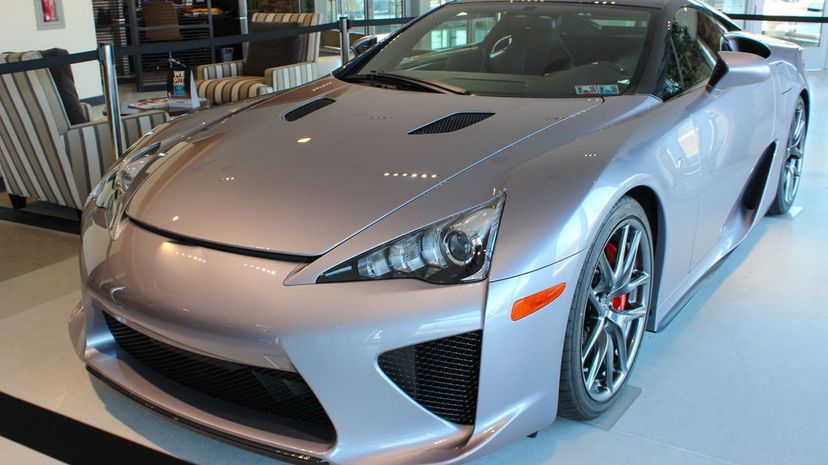
When Lexus released the LFA in 2011 it moved the needle in terms of what supercars were capable of. This model revs to 9,000 RPM in one second, meaning it needs a digital tachometer, as an analog one can't keep up!
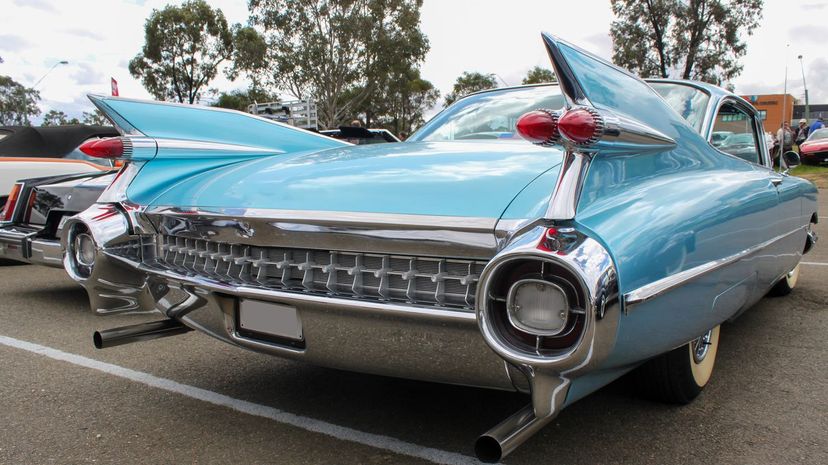
The Eldorado was in production for 50 years and left no doubt in anyone's mind that Cadillac is a luxury car brand. But the 1959 Eldorado has to be the most memorable with its tailfins and rocket-shaped brake lights. With superstars like Elvis Presley owning them, it was hard not to take notice of this model.

When Ford launched the F-150 in 1975, it slotted in nicely between the lighter F-100 and heavier F-250. Now, 44 years after its launch, the F-150 is going stronger than ever. In fact, the F-150 has been America's best-selling vehicle since 1982.
Advertisement
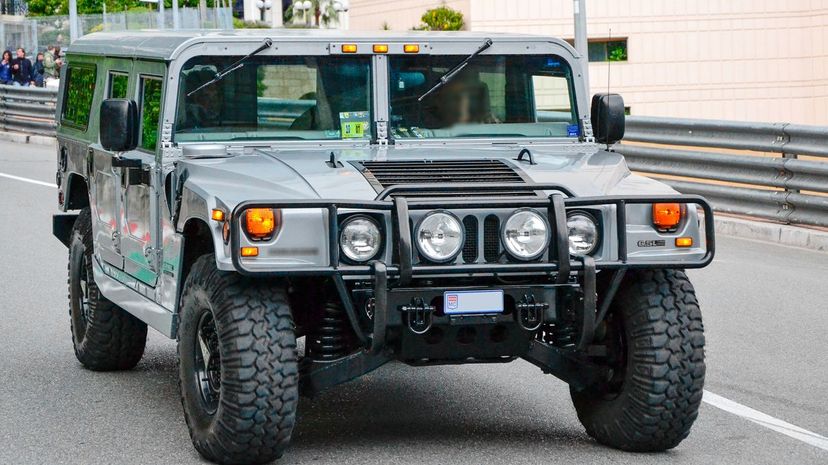
The Hummer H1 was based on the M998 Humvee, which was originally only meant for military use. But due to high market demand, AM General launched the Hummer H1 in 1992. Hummers have been the truck of choice for numerous celebrities over the years including David Beckham, Paris Hilton, and Arnold Schwarzenegger.
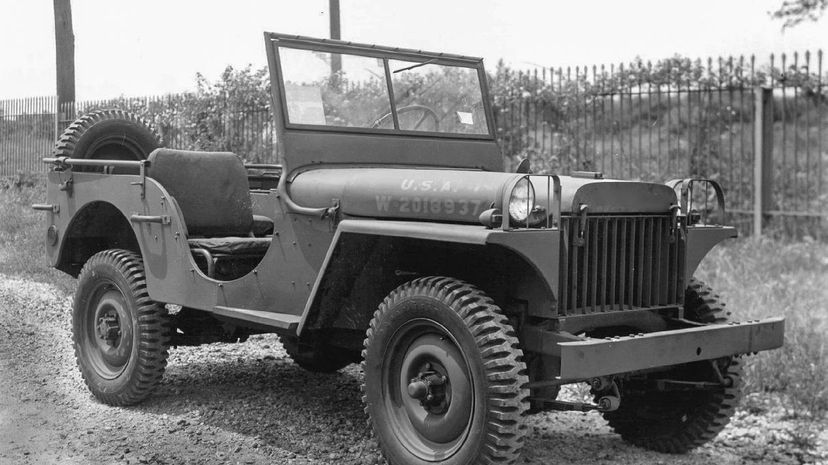
The Willys MB and Ford's GPW were, by and large, the same vehicle, although they had slight differences. Between these two models, over 640,000 were produced for the allied forces during WWII. These jeeps inspired the recreational 4WDs and, ultimately, SUV niches as we know them today.
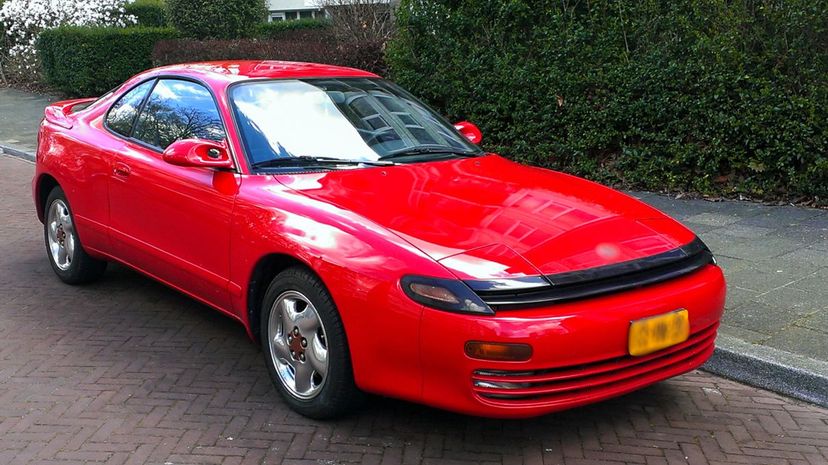
Toyota's Celica wasn't a slow car, but it wasn't as quick as its styling would lead most to believe. It's fair to say that this model represented Japanese sports styling well throughout its 35-year production period.
Advertisement
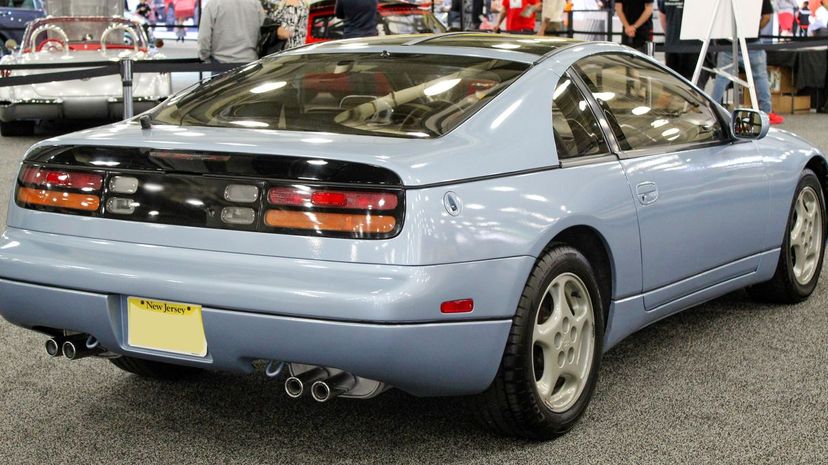
Nissan's 300ZX embodied the sleek characteristics of Japanese sports styling in the '90s. Those who like a punchy engine will be happy to know that the twin-turbo variant of this car's 3.0-liter engine produces 300 horsepower. This powerplant meant that the 300ZX easily got to its electronically-limited top speed of 155 mph.
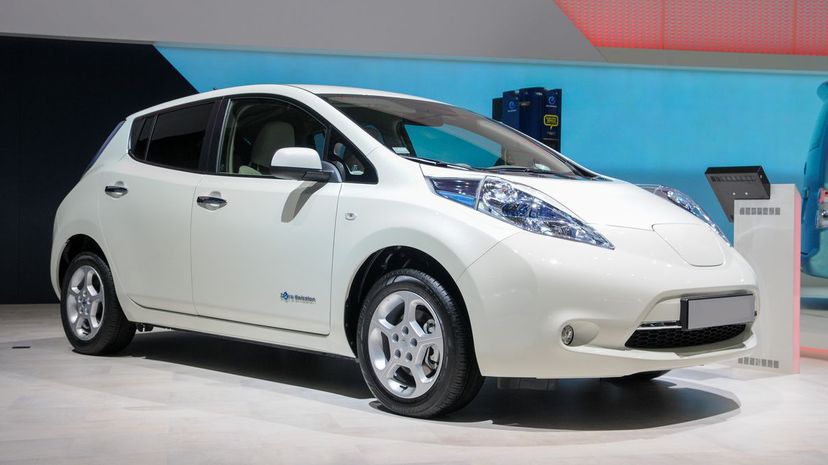
Nissan's LEAF wasn't the first all-electric vehicle to market, but it's been the most popular. To date, over 400,000 units have been sold in the LEAF's nine-year production.
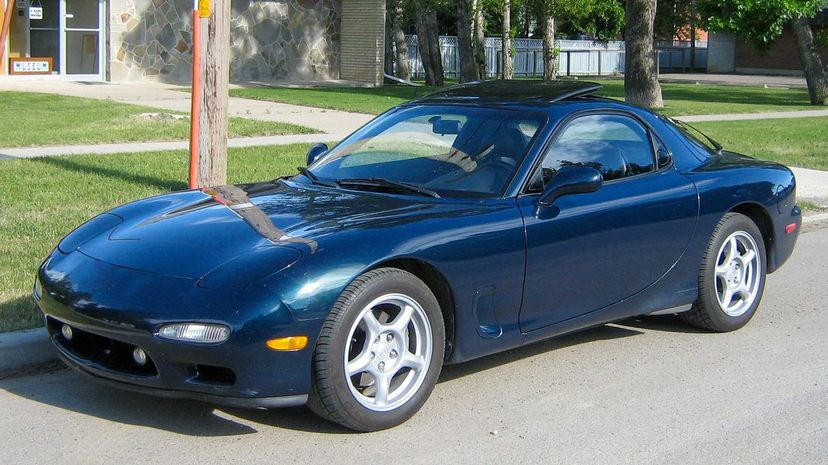
Mazda's RX-7 FD has somewhat of a cult following, and it's no wonder when you consider how fun it is to drive. There may only be a 1.3-liter engine under the hood, but it's a rotary engine with a sequential twin-turbocharging system: so it spits out 276 horsepower.
Advertisement
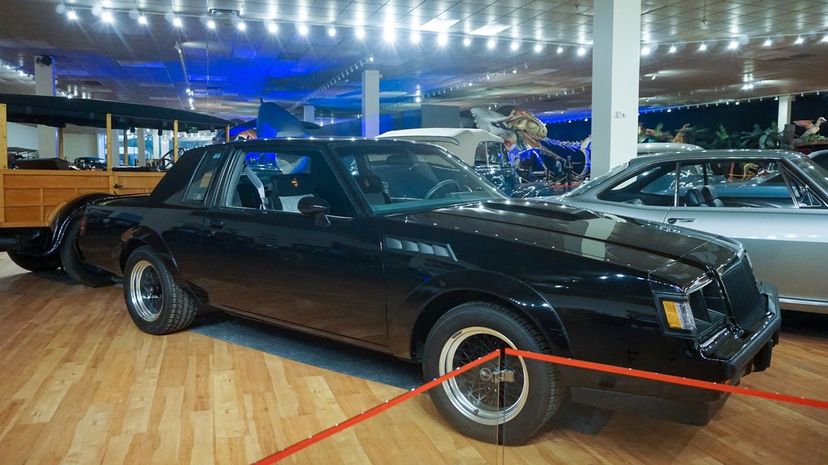
Buick decided to go out with a bang when told that the Grand National would be no more after 1987: the Buick GNX was the result. This monster got to 60 mph in 4.5 seconds and could chew up a quarter-mile in 13.26 seconds. It produced around 300 horsepower and 420 lb-ft of torque, although Buick actually underrated these figures at the time.

Ferrari and Ford were to join forces in the '60s, but the arrangement and fell apart last minute when Ferrari pulled out. Luckily, this failed business arrangement led Ford to create the GT40 by themselves. The car was a huge success, beating Ferrari by coming in first, second and third in the 1966 Le Mans 24 Hour race - much to the delight of Henry Ford II.
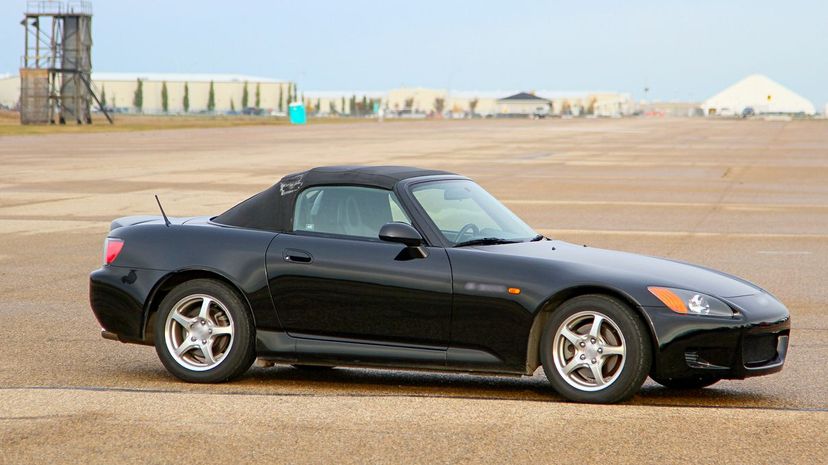
Whether you're at a drift event, a race track or Mulholland Drive, you're almost guaranteed to see a few Honda S2000s. Its success has been helped by the fact that there are so many aftermarket parts available to suit all budgets.
Advertisement
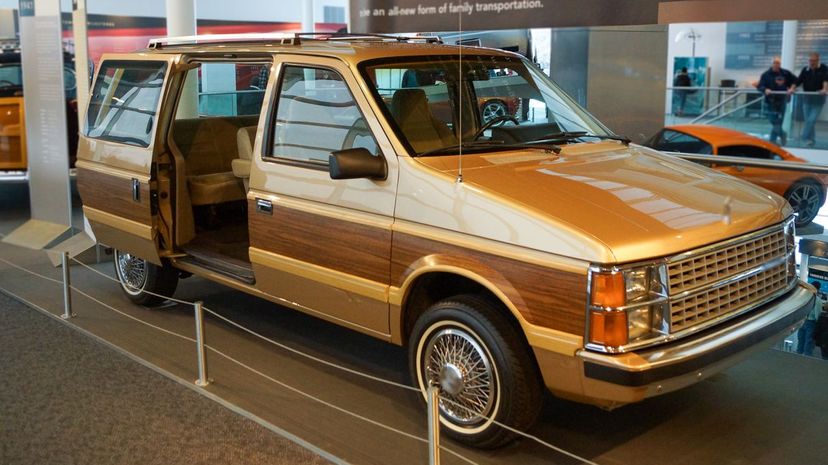
Vehicles like VW's Microbus may have paved the way, but when Chrysler launched the Dodge Caravan in 1984 it essentially created the minivan class. Its mixture of size, seating position and all-round practicality was loved by many.
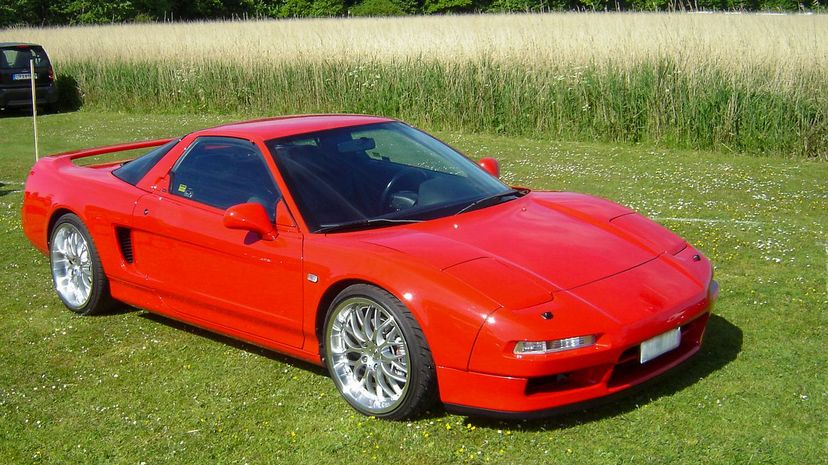
Honda's NSX made the likes of Ferrari, Lamborghini and Porsche stand up and take notice. Finally, there was a high-performance sports car with Japanese levels of practicality. The NSX was just as capable on the track as it was on the streets, which couldn't be said for most sports cars of the era.
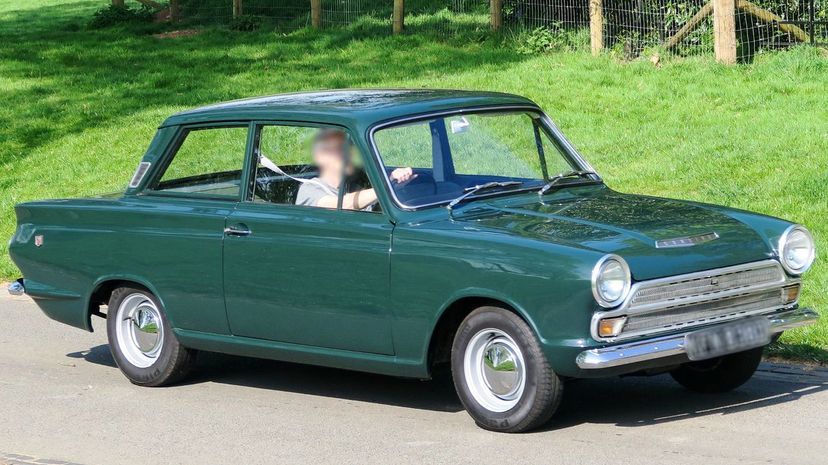
The Cortina was built by Ford of Britain, which launched it in 1962. It quickly became one of the United Kingdom's most popular models and was its best-selling car multiple times throughout the vehicle's lifetime. Since the Cortina was rear-wheel-drive and relatively light-weight, it felt surprisingly sporty on the road.
Advertisement
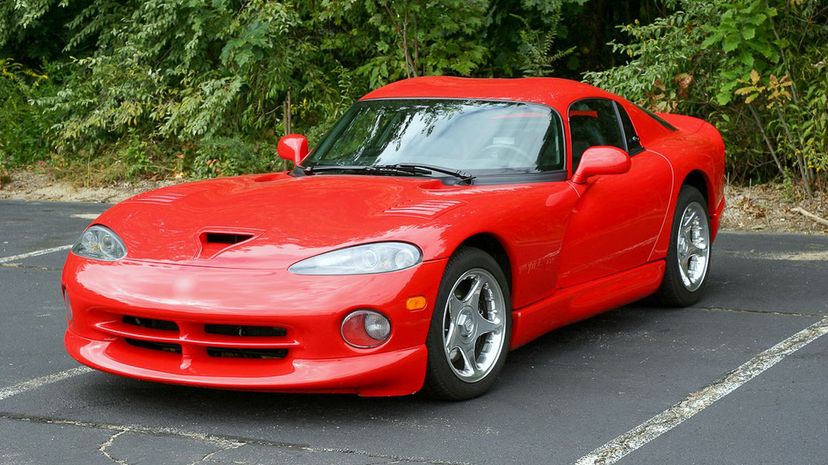
Dodge's Viper is known as a real brute in the sports car world. The 2017 SRT Viper is powered by an 8.4-liter V10 engine, which produces 645 horsepower and 600 lb-ft of torque. This model gets to 60 mph in just over three seconds and starts at $129,995.
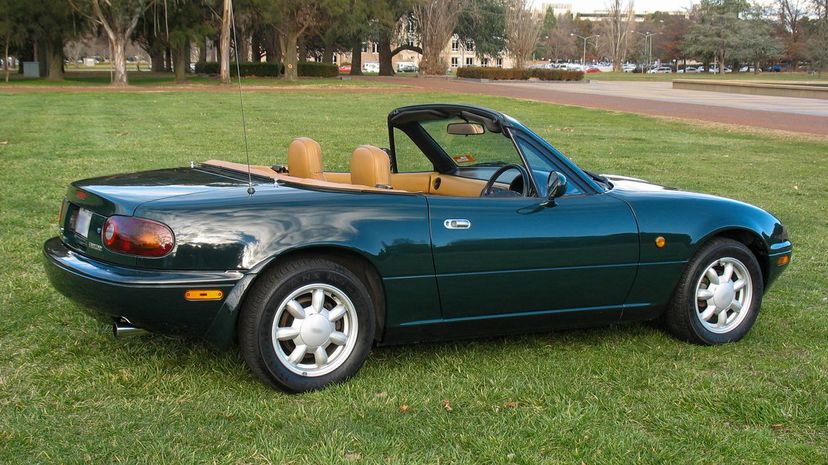
Mazda was on the money when it launched the MX-5 in 1989, and its recipe has remained unchanged: a light, rear-wheel-drive platform with a front mid-engine. The model has been praised for being engaging to drive, reliable, and surprisingly punchy.

Toyota had been primarily known for producing practical yet visually uninspiring vehicles until they launched the 2000GT in 1967. This car proved the automaker could stand toe to toe with European and American manufacturers in terms of style. It was also a hoot to drive and is now highly collectible, with one example selling for $1,200,000.
Advertisement
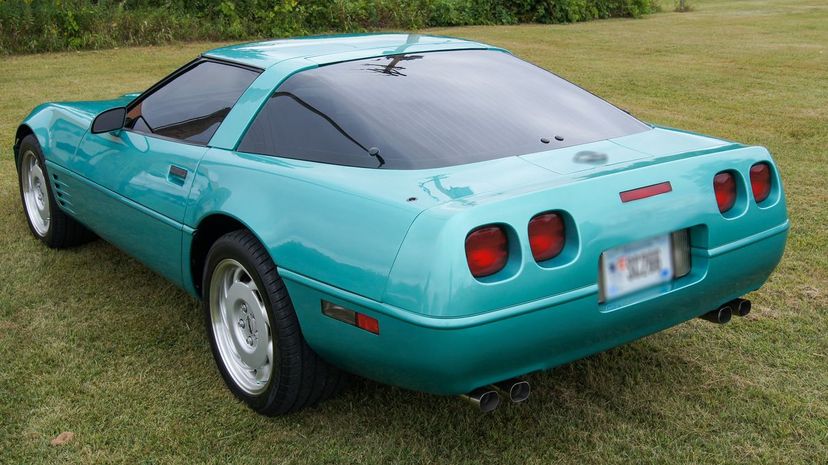
For a time, Chevrolet's Corvette was considered the only real American sports car. Since then, we've seen a range of American made sports cars, but the 'Vette is, arguably, the most iconic of all. The Corvette is so iconic that it's sometimes referred to as "America's sports car."
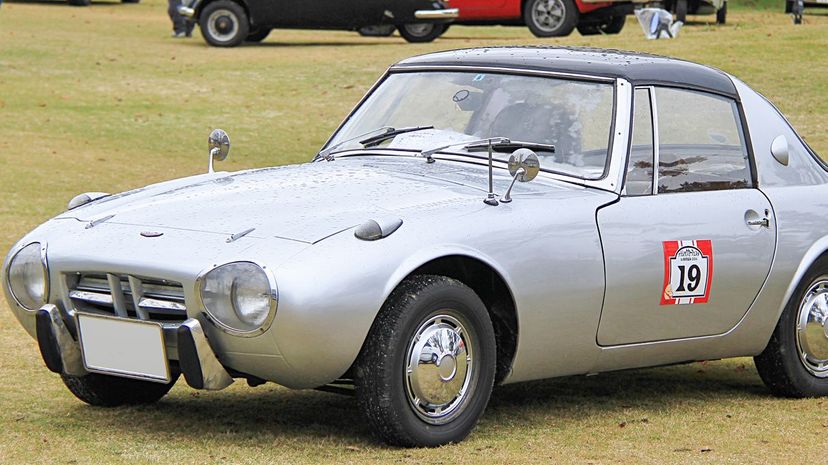
The Toyota Sports 800 was launched in 1965 as a cheaper alternative to the 2000GT. Its 44 horsepower engine meant the Sports 800 wasn't as fast as the 2000GT, but it was still fun to drive and still looks good today.
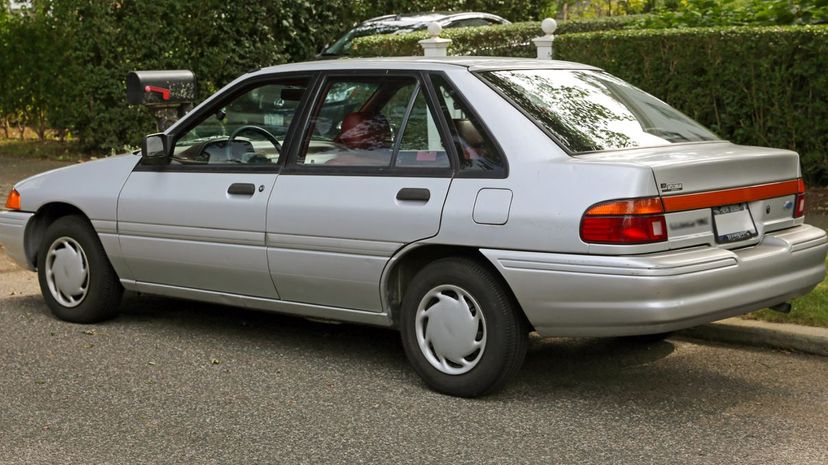
The Ford Escort was launched to European markets in 1968, and it was particularly successful. Between 1982-1990, the Escort was the best-selling car in Britain. The model was noted for its sporting capabilities and enjoyed success in rally events during the '70s.
Advertisement
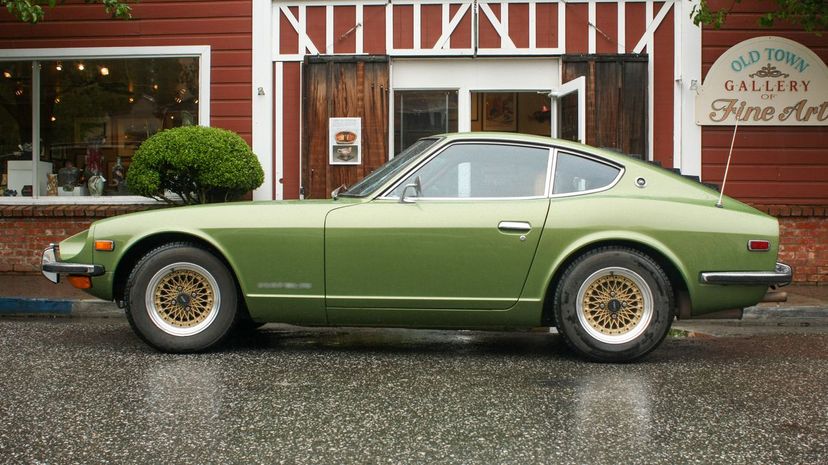
The Datsun 240Z made the world stand up and take notice when it launched in '69. It was in direct competitor to the MGB-GT but outclassed it in just about every measurable way.
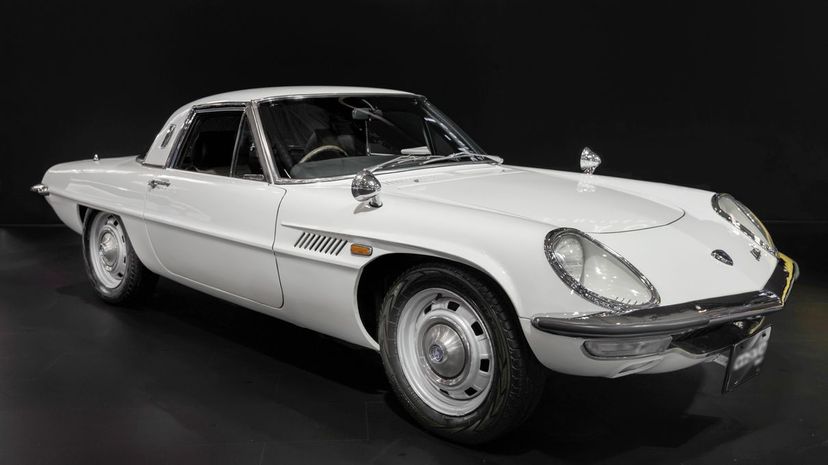
Mazda released the Cosmo in 1967, which served as a hugely successful platform to launch the Mazda Wankel engine. The Cosmo was produced amid the space race, and Mazda saw it as a good opportunity to showcase how forward-thinking its rotary engine was.
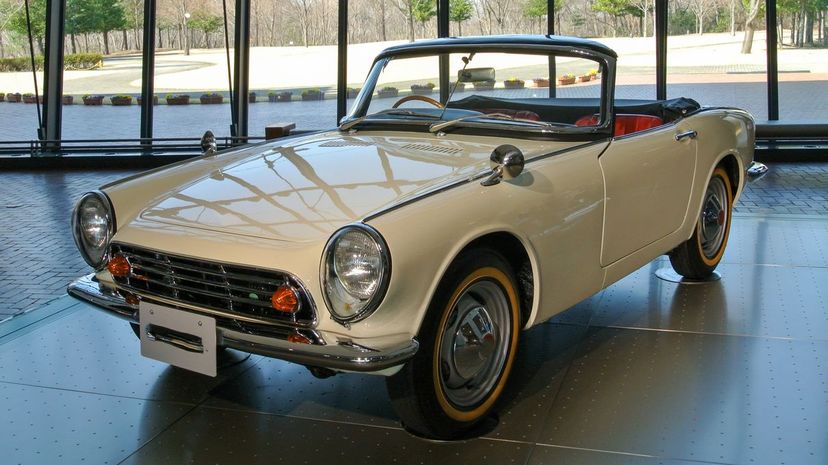
Honda's S500 launched in 1953 and weighed just 1,500 lbs. This meant that, although it only had 44 horsepower under its hood, it was still good for a top speed of 80 mph. It might not have been too quick but, even today, it's still a looker.
Advertisement
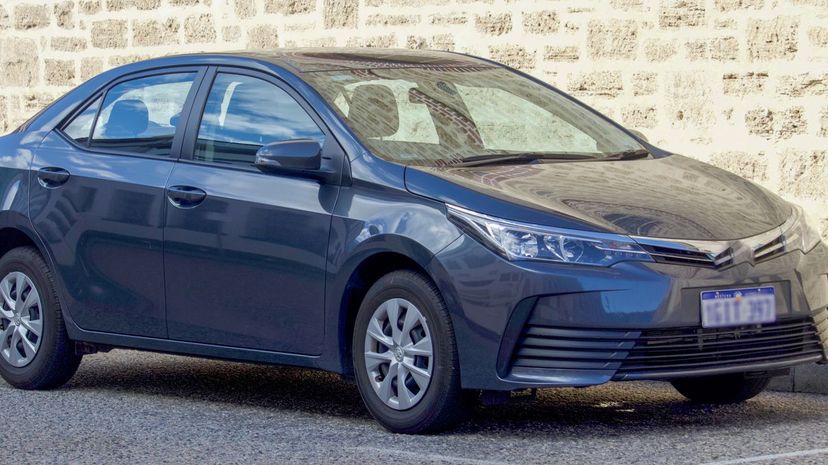
You'd have to be living under a rock not to know Toyota's Corolla. Since it launched in 1966, one has been sold 40 seconds on average. By 2016, over 44 million Corollas had been sold worldwide.